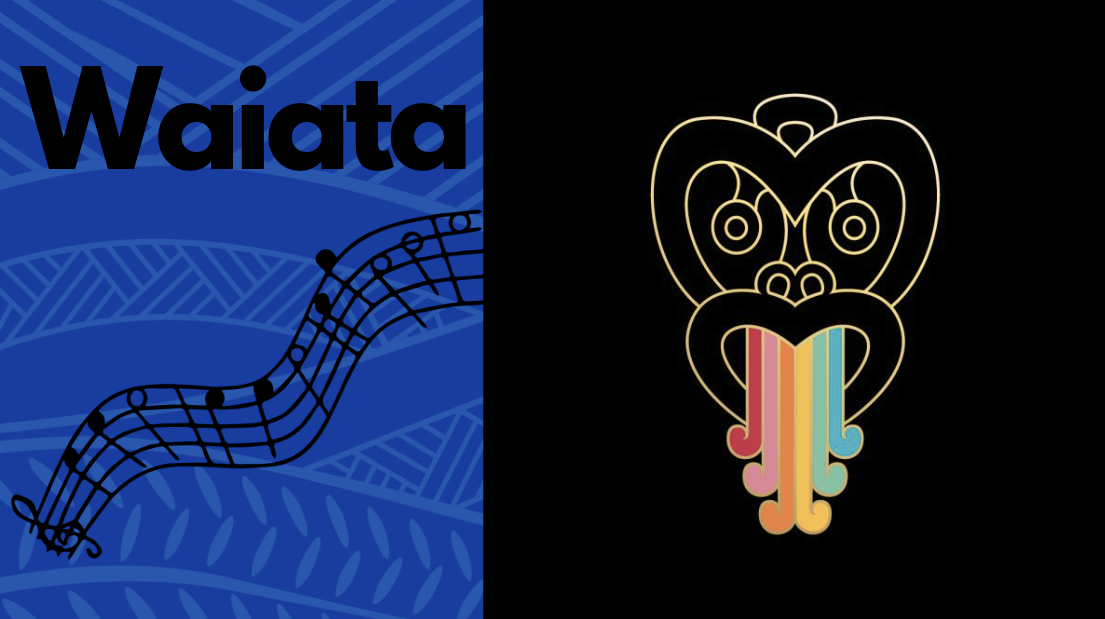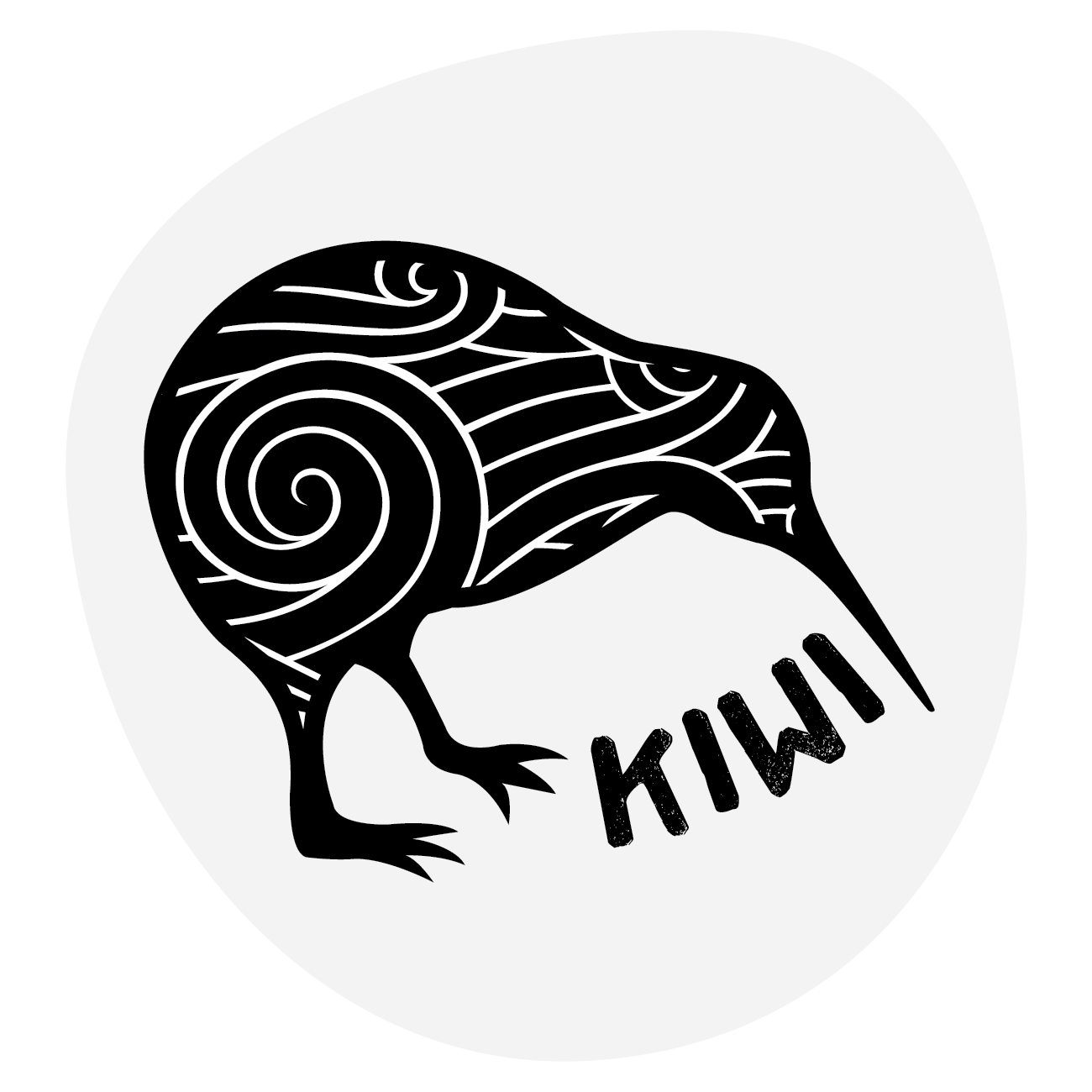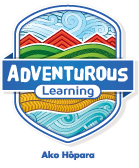Our Vision
Growing Adventurous Learners for Life
At Pillans Point School we believe that learning at school should be seen as an ‘Adventure’ that is ongoing and never-ending. Our role as a school is to build on the learning from home to give your children the skills and competencies to go on a great adventure in life while developing a love for being a life long learner.
Our Mission
At Pillans Point School relationships are at our core. Teaching and learning is inclusive, interactive, and meets the developmental needs and stages of all children.
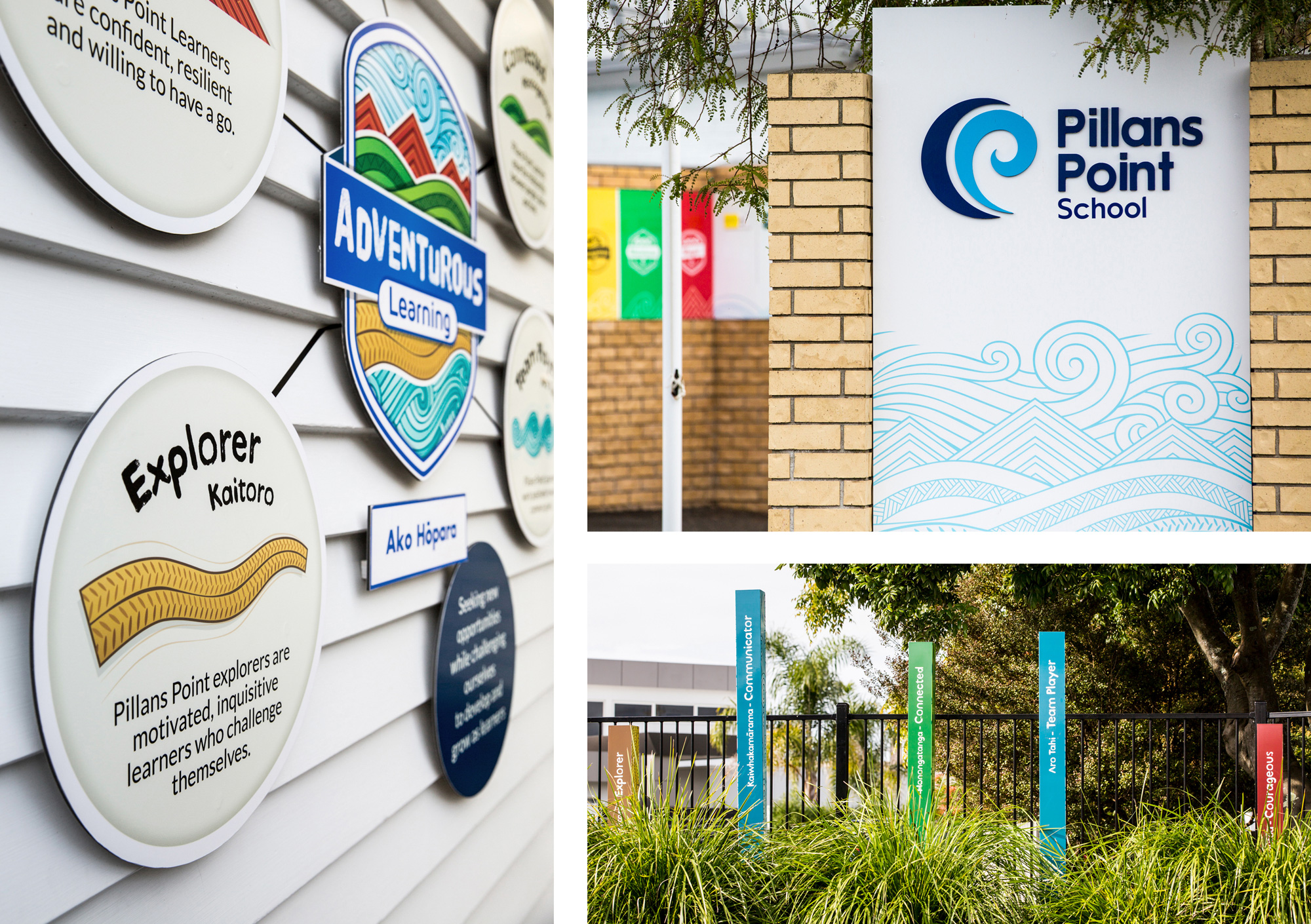
Our Values
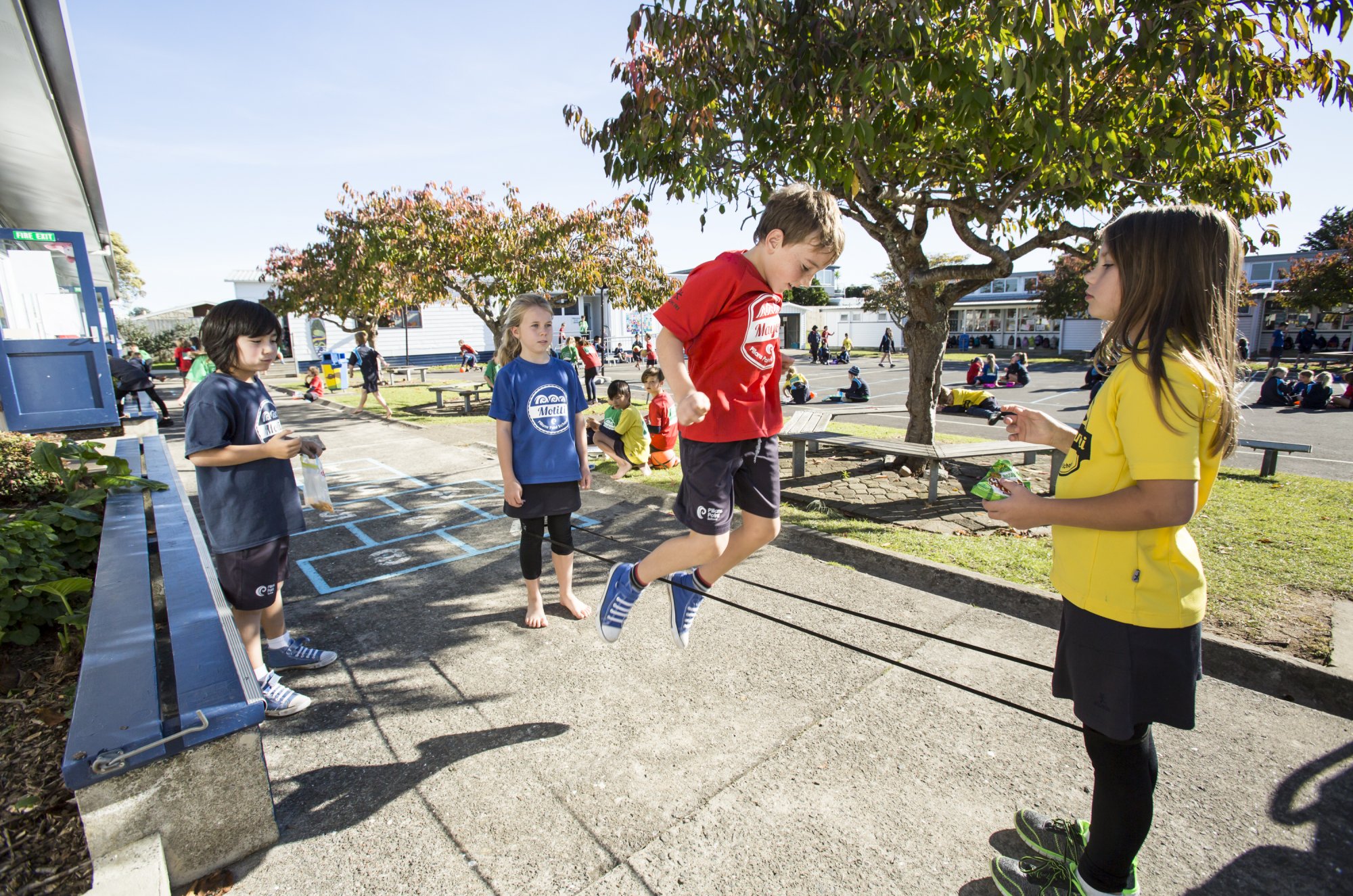
“When there is a positive teacher-student relationship, students feel safe and there is a strong bond of trust within the classroom. Students are not afraid to take risks and understand that making errors are all part of the learning process. Students are more likely to feel positive about school and have a greater chance of developing a true love for learning.” John Hattie (2009)
Ko Au - See Me, Know Me
We see our learners as individuals who bring past experiences, their culture, and diversity into school. We are committed to inclusion for all, so that all children can participate to their full potential.
Whaka-Akoranga - Understand Me - Teach Me
We recognise that learning is not linear and that it is different for all learners. Our role as educators is to understand children's developmental needs first before we teach them.
Commitment Statement
Acknowledgment of Our Treaty Partnership
By protecting and honouring cultural worlds, our children and their families are encouraged to participate in an inclusive world view; particularly although but not exclusively to Māori. Increased partnership within our school through a cultural lens, enhances our aim of creating a genuine and living Treaty partnership.
Our Pedagogical Beliefs
“We will get better outcomes for students if we teach them at their cognitive stage, so it is important that we understand a child's brain development and what needs must be met in order for a student to achieve academically.” Nathan Mikaere-Wallis (2017)
Nathan Wallis, and the Brainwave Trust, both speak of the brain being made up of four parts. They both acknowledge that the brain is a lot more complex than this but refer to the four parts of the brain from an education perspective.
The Four Parts of the Brain As Outlined By Nathan Wallis and The Brainwave Trust
Brain Stem (Reptilian Brain)
The brain stem controls the flow of messages between the brain and the rest of the body, and it also controls basic body functions such as breathing, swallowing, heart rate, blood pressure, consciousness, and whether one is awake or sleepy.
The Brain Stem controls the fight flight freeze response. It is linked to feelings of safety.
In school, we need to foster a positive and safe learning environment, where the relationship between teachers and students are well developed.
Mid Brain (Motor Movement)
The cerebellum is responsible for some functions in motor control, such as the coordination, precision, and accurate timing of movements.
In school, we must incorporate opportunities to further develop this part of the brain through music, movement, physical education and cross patterning activities.
Limbic Brain (Emotional Responses)
The primary structures within the limbic system include the amygdala, hippocampus, thalamus, hypothalamus, basal ganglia, and cingulate gyrus. The amygdala is the emotional center of the brain, while the hippocampus plays an essential role in the formation of new memories about past experiences.
In school, we must develop and nurture high quality relationships with our learners to develop the limbic system.
Frontal Cortex (Cognition)
It is involved in higher functions such as sensory perception, generation of motor commands, spatial reasoning, conscious thought, and in humans, language. his is the most complex part of the brain and is located in the frontal lobes behind forehead and is the part of the brain that educators focus on most for teaching and learning conceptual understandings about the world.
In school, there is where teaching and learning in the more traditional sense of the 3 Rs occur.
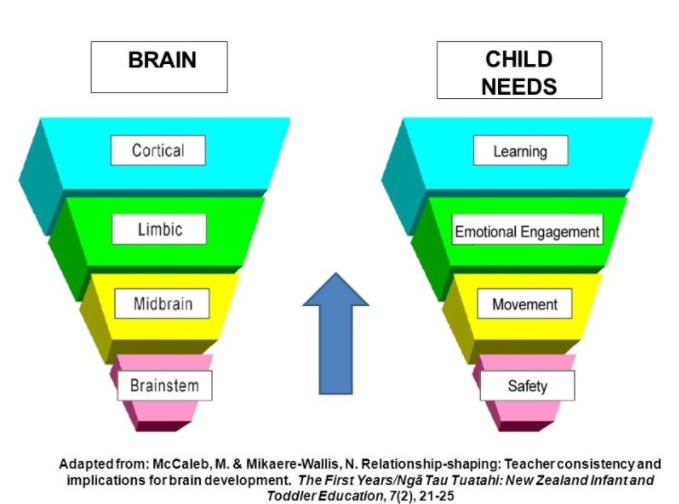
What we do at Pillans Point School!
At Pillans Point School we try to answer the question WHY to all that we do. A number of decisions that we have made over the past few years come back to the development of the brain as outlined by Wallis and the four parts of the brain. Ask us why we do lots of singing, dancing, movement and fitness every day - the answer is - this links back to the development of the Mid Brain.
Our aim as educators is to keep the stress levels down and therefore not activiting the brainstems flight, flight freeze response and the interest level high to allow the flow of learning through to the frontal cortex and ledged as memories.

Learner Competencies
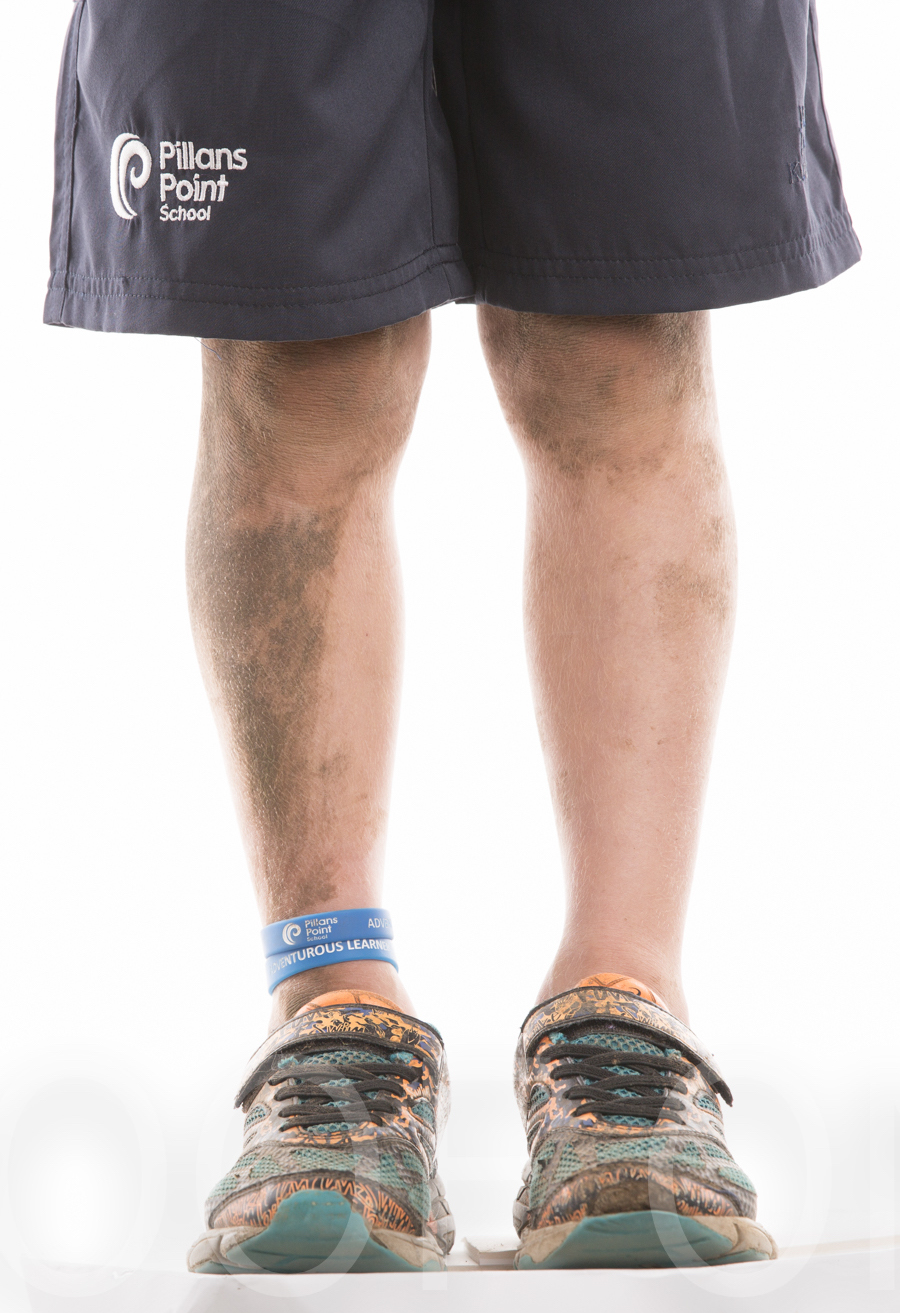
The New Zealand Curriculum (NZC) document is designed and interpreted in a three-stage process: as the national curriculum, the school curriculum, and the classroom curriculum. The national curriculum provides the framework and common direction for schools, regardless of type, size or location. It gives schools the scope, flexibility and authority they need to design and shape their curriculum so that teaching and learning is meaningful and beneficial to their particular communities of students. NZC p37.
The ‘Pillans Point Learner Competencies’ have been designed and shaped to meet the needs of our school and the students from our community. They are the competencies that we want children to learn, know, develop and master as they move through our school from the age of five through to year six.
Research highlights a dual focus on academics and developing life skills is critical for children’s success. Mastery of such traits predicts children’s academic and future success throughout life as well, if not better, than academic success alone.
We believe that when learning and working through our five Pillans Point Competencies we will be applying the 5 Key Competencies outlined in the New Zealand Curriculum document in ‘meaningful contexts’ NZC p38. We see the Pillans Point School Learner Competencies as social competencies that will be learned alongside and through the traditional curriculum (Mathematics, Sciences, The Arts, Technology, Social Science, Health & Physical Education and English) both of which have equal importance within our classrooms.
The 5 Pillans Point Learner Competencies are:
Communicator (Kaiwhakamārama); Courageous(Hautoa); Connected (Honongatanga); Explorer(Kaitoro) and Team Player (Aro Tahi).
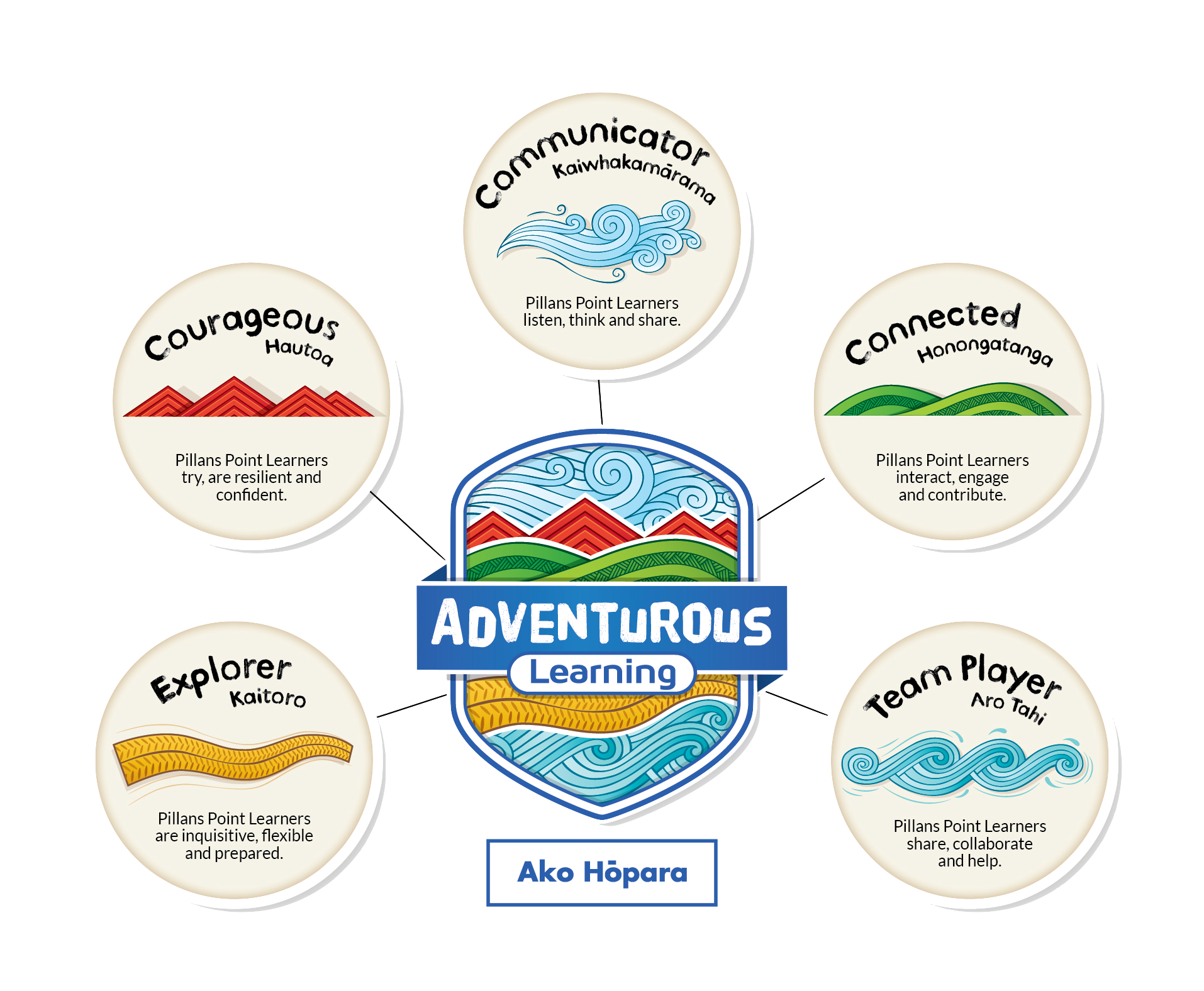
Adventurous Learning Pathway
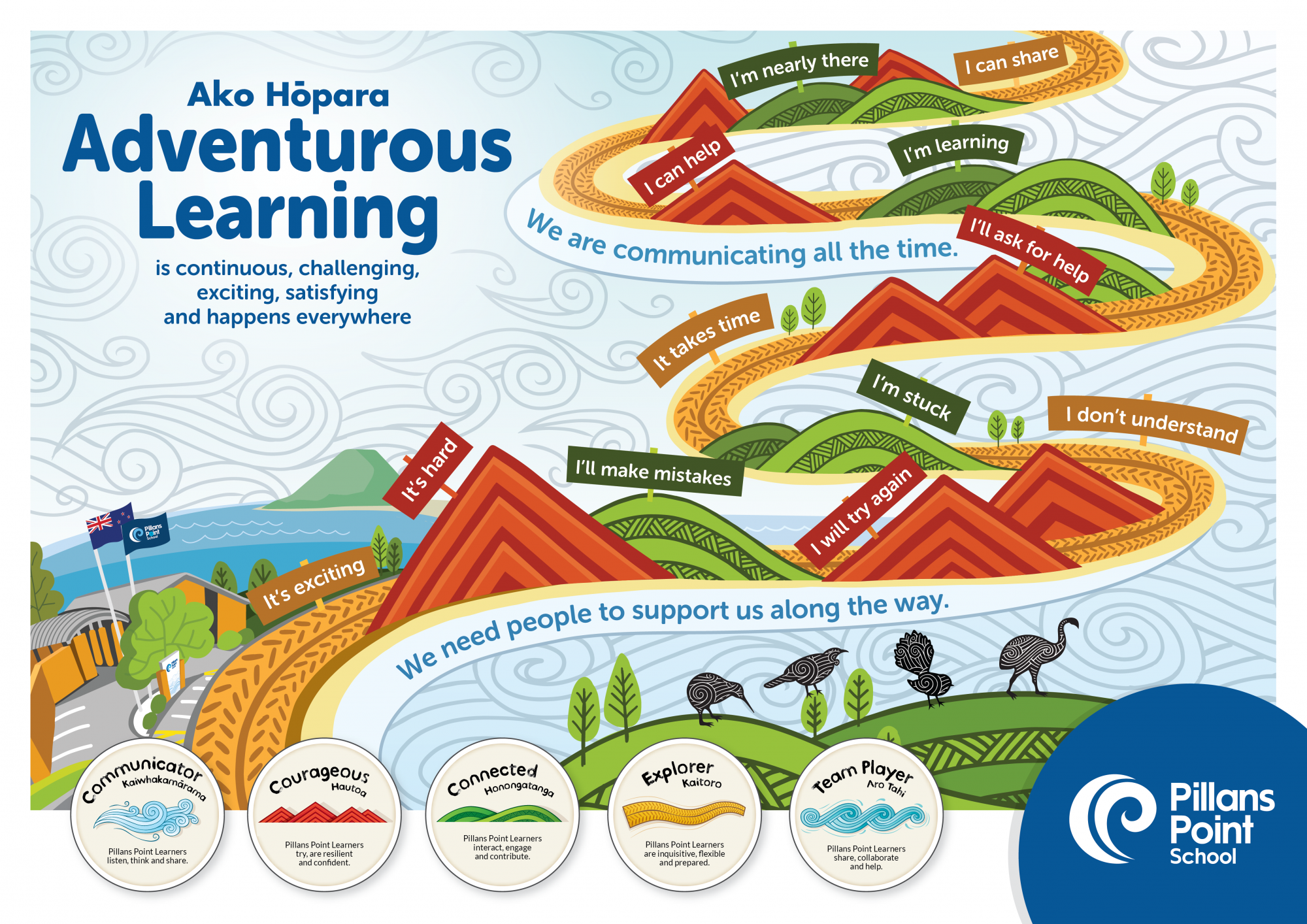
Learning is a journey and as such should be made clear to children.
In learning we come across a number of hard times, things, experiences and sometimes have emotions that we are unsure about during these times. At Pillans Point School we call this the learning pathway. We all travel this pathway in our learning at a different pace, and come across different obstacles at different times.
At our school we have a visual model to help our children understand the journey down this path. In learning we often come across road blocks, pits or obstacles that require a number of personal traits, including having a growth mindset, showing GRIT, having Perseverance and Resilience. That good old kiwi never give up, I can do it attitude. It also has times where the path is smooth and can be travelled at times easily which can also be exciting.
We need to be able to learn from our Failures and Mistakes and know that when we ‘fail’ it is just our First Attempt In Learning. We use words like YET - “NOT YET” which means it can still happen.
Our Core Beliefs
• Learning is about the process not the product
• We all learn at a different pace
• Our brain grows as we learn
• Learning takes time and effort and is challenging
• We learn all our life
• Our learning can start at different points
• Everyone can learn it's not a fixed thing
• Mistakes are learning opportunities
• Be confident and have a go
Teaching Teams
Pillans Point School is set up in four teaching teams. Our teaching teams are set up around age groups of children.

Kea Team: New Entrant Y0-1
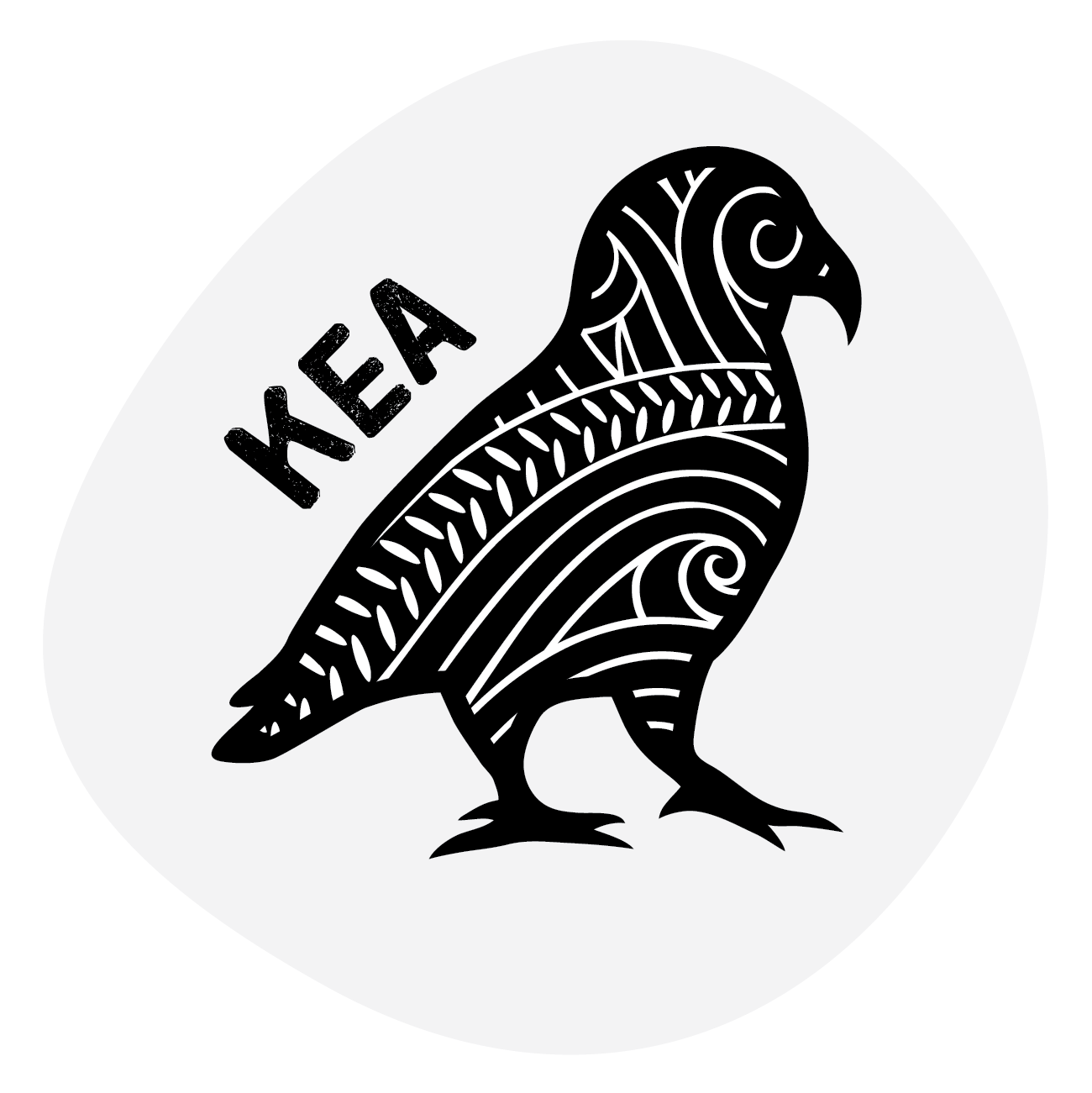
Kiwi Team: Y1-2
Tīrairaka Team: Y3-4
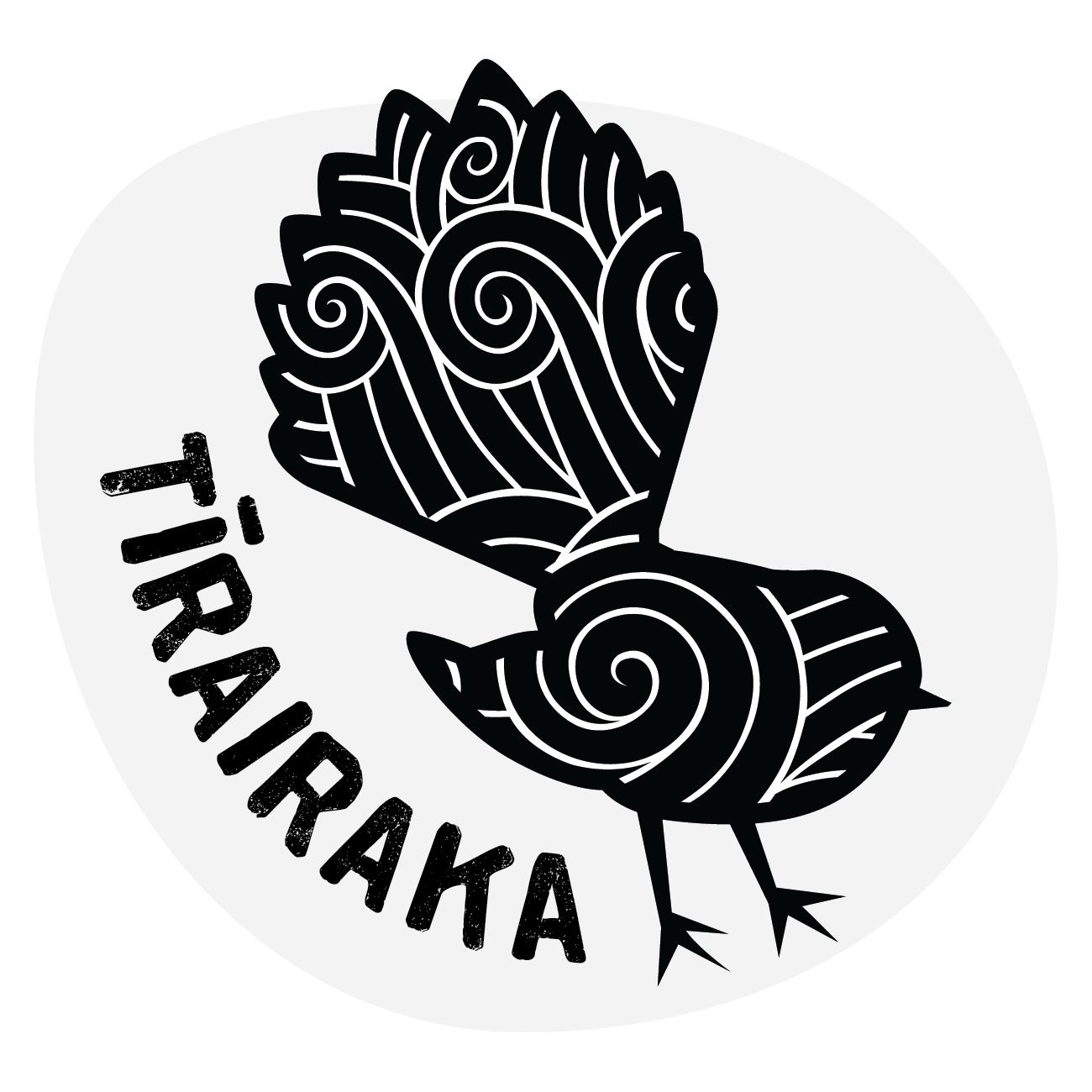
Moa Team: Y5-6
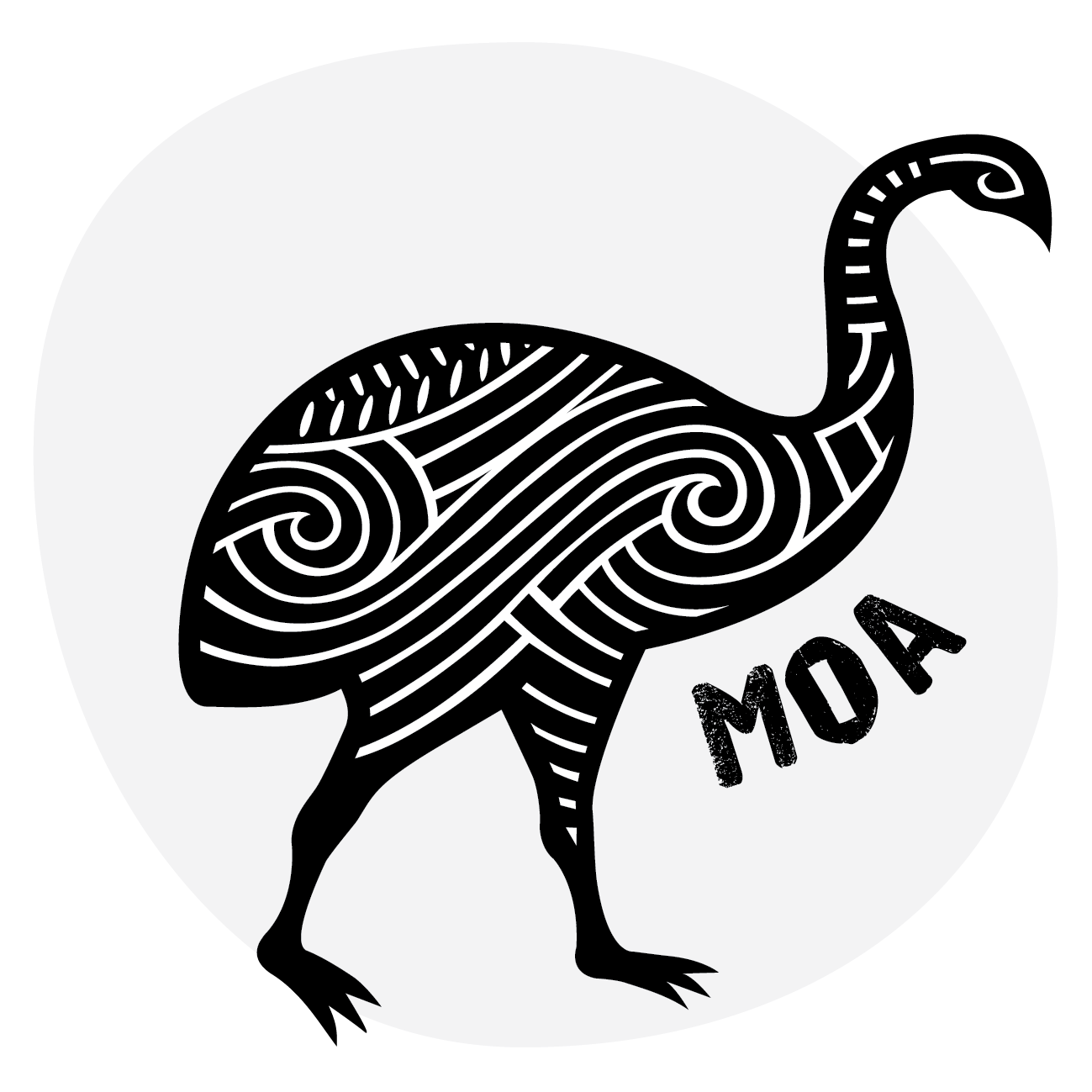
Building Names
Pillans Point School has been gifted names for our buildings by the local iwi. Incorporating Tapuaerau / 'Important vast area of garden' and the Kowhai Tree - a plant or tree that visualises each stage of growth.
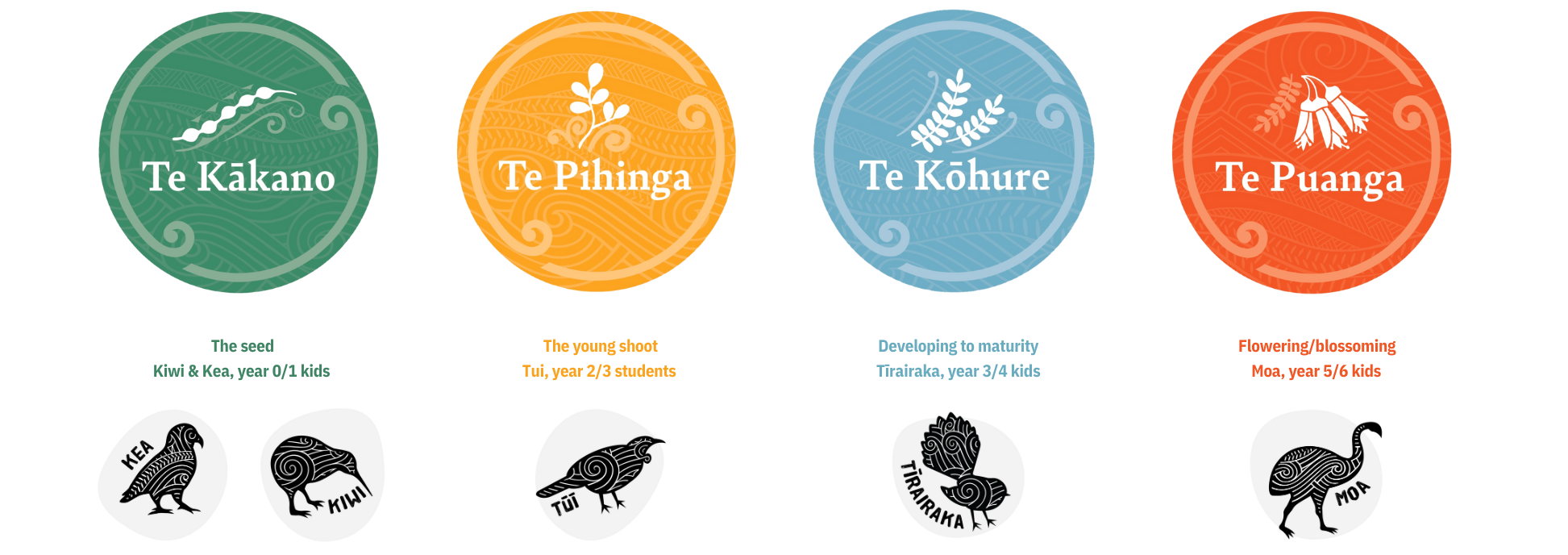
Kōwhai trees grow throughout the country and are a common feature in New Zealand gardens. They are also a common feature of Pillans Point School.
Characteristics of the Kōwhai tree:
- They have small leaflets and juvenile branches on some species are twisted and tangled.
- They grow from a seed in the ground to become a tree up to 25m high.
- Found throughout New Zealand in a diverse range of habitats from riparian forests, coastal cliff faces to inland grey scrub communities - Resilient.
- Native birds love kōwhai trees. They feast on the leaves and flowers – kōwhai are an important seasonal nectar food source for them.
- Māori hold the tree in high esteem, valuing the durability of its hard wood and its many medicinal properties.
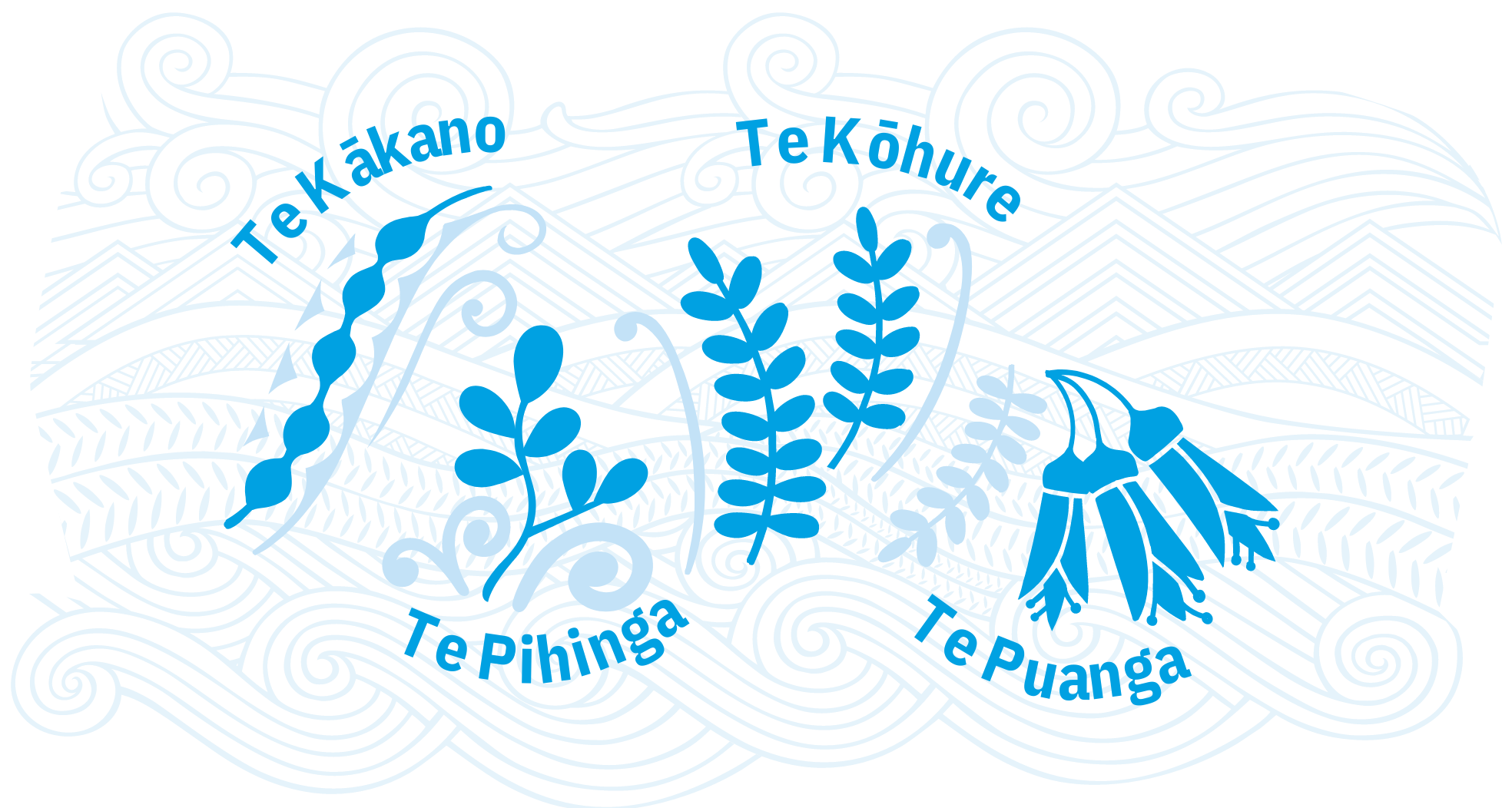
Houses
Our school houses begin from New Entrants through to Year 6.
To help with the hype and excitement around school houses all families are in the same house. All staff are also part of a school house. Throughout each term students will have many opportunities to participate in house events and earn points for their house. At the end of each term and school year, the school house shield will be presented to the winning house.
Through their involvement in these groups, children will have fun and learn about how to further develop the school competencies in a variety of different contexts across the New Zealand curriculum.
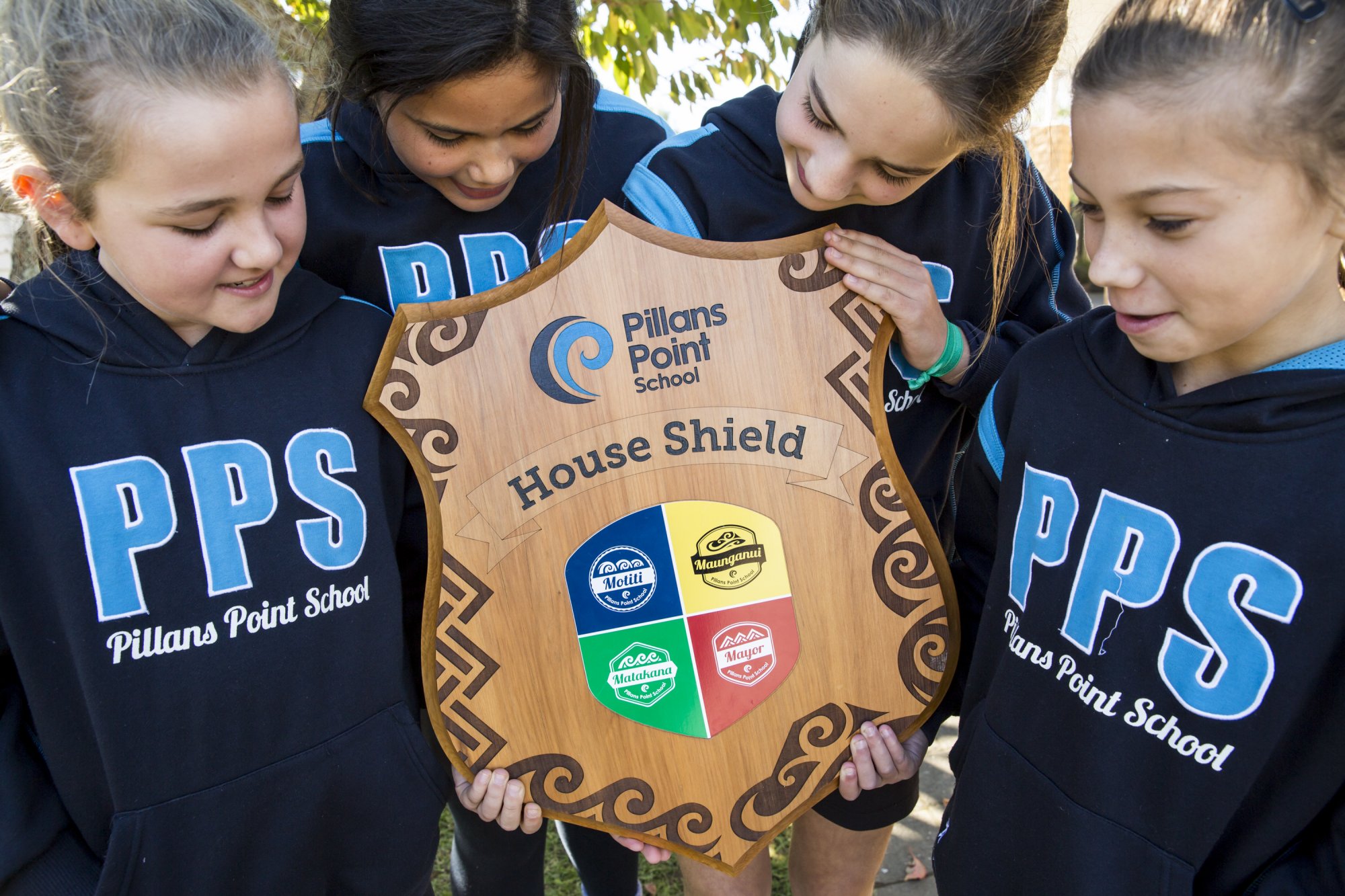
Seesaw
Seesaw is a simple way for teachers and students to record and share what's happening in the classroom.
Seesaw gives students a place to document their learning, be creative and learn how to use technology.
Each student gets their own journal and will add things to it, such as photos, videos, drawings, or notes.
When there are new Seesaw posts, families can be notified via app notification, email or SMS.
Parents are only notified about their own child’s work, and all data is safe and secure.

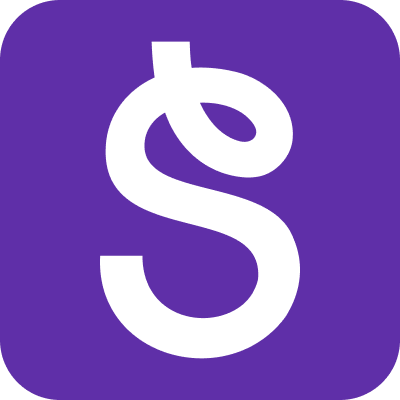
Get Seesaw for Your Device
Seesaw requires an invitation from your child's teacher in order to subscribe. Please contact your child's teacher here.
Adventure Time
Adventure Time is a time in our school week that caters to the abilities and curiosities of our students as well as enriches the curriculum opportunities we can offer our children.
Adventure time is an innovative programme that allows for further personalisation of learning across the curriculum. Opportunities for students to be engaged in adventure time occurs once a week across the whole school.
Adventure time caters for all students and gives them the opportunity do develop further our school learner attributes (Cross Competency Skills). It teaches the students how to be proactive in managing and taking responsibility for their learning. Learning opportunities in other areas such as learning a second language, creating a mural for the school, training for a sports or cultural event, and pursuing personal passions and interests are encouraged during this time.
Adventure time meets the needs of students, and is based on their interests. As such, it is flexible in nature and scope, and students can have input into its design. The programme allows the school to make full use of the strengths and interests of teachers, other staff, and members of the wider community.
As a parent with a passion or an interest that you would like to offer please contact school and you too can be part of Adventure Time.
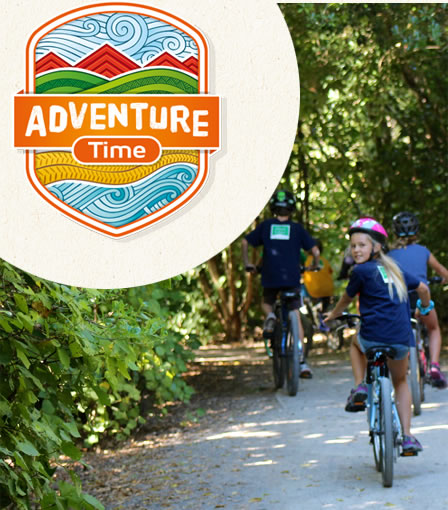
Kapa Haka
Kapa Haka
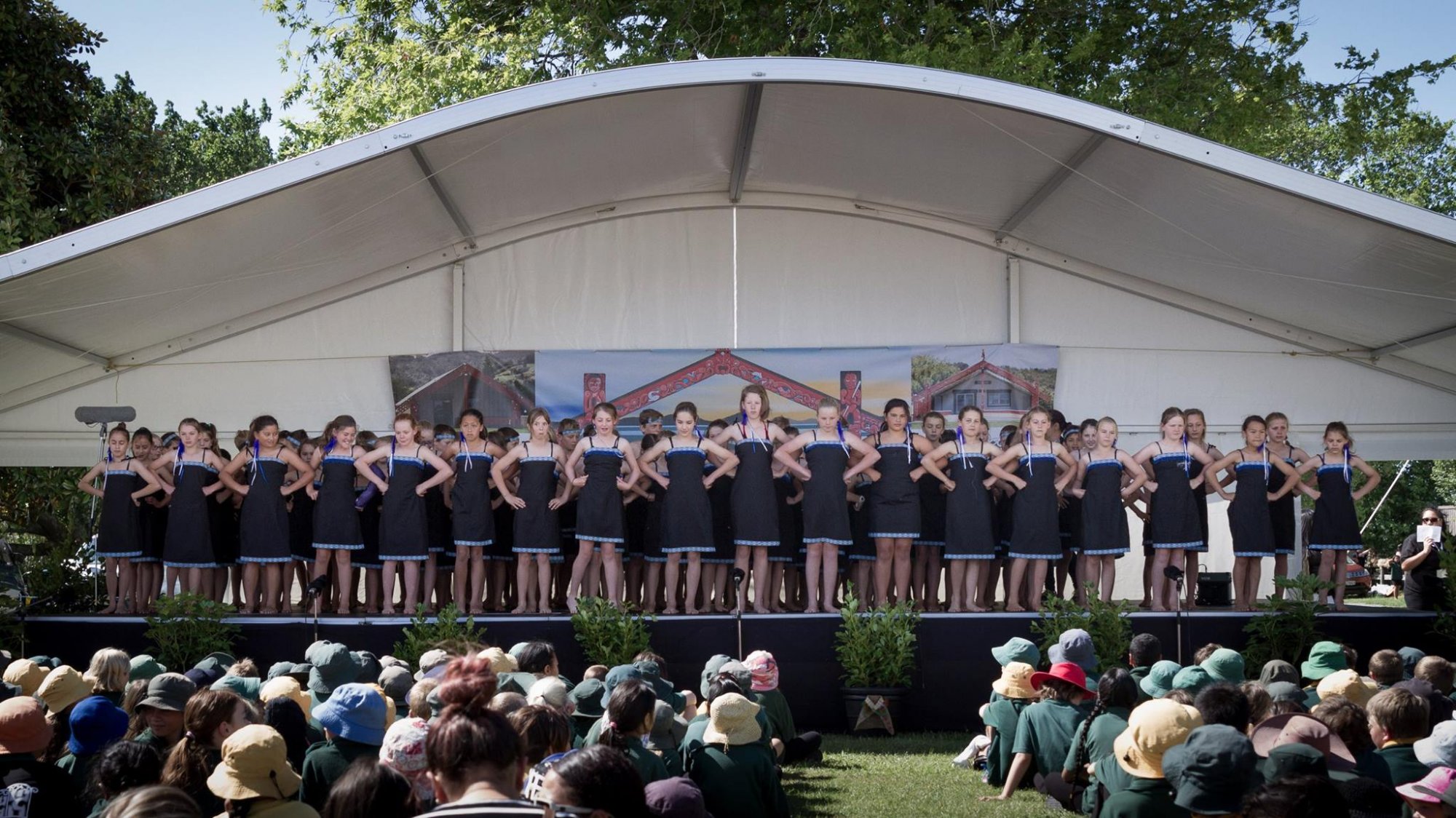
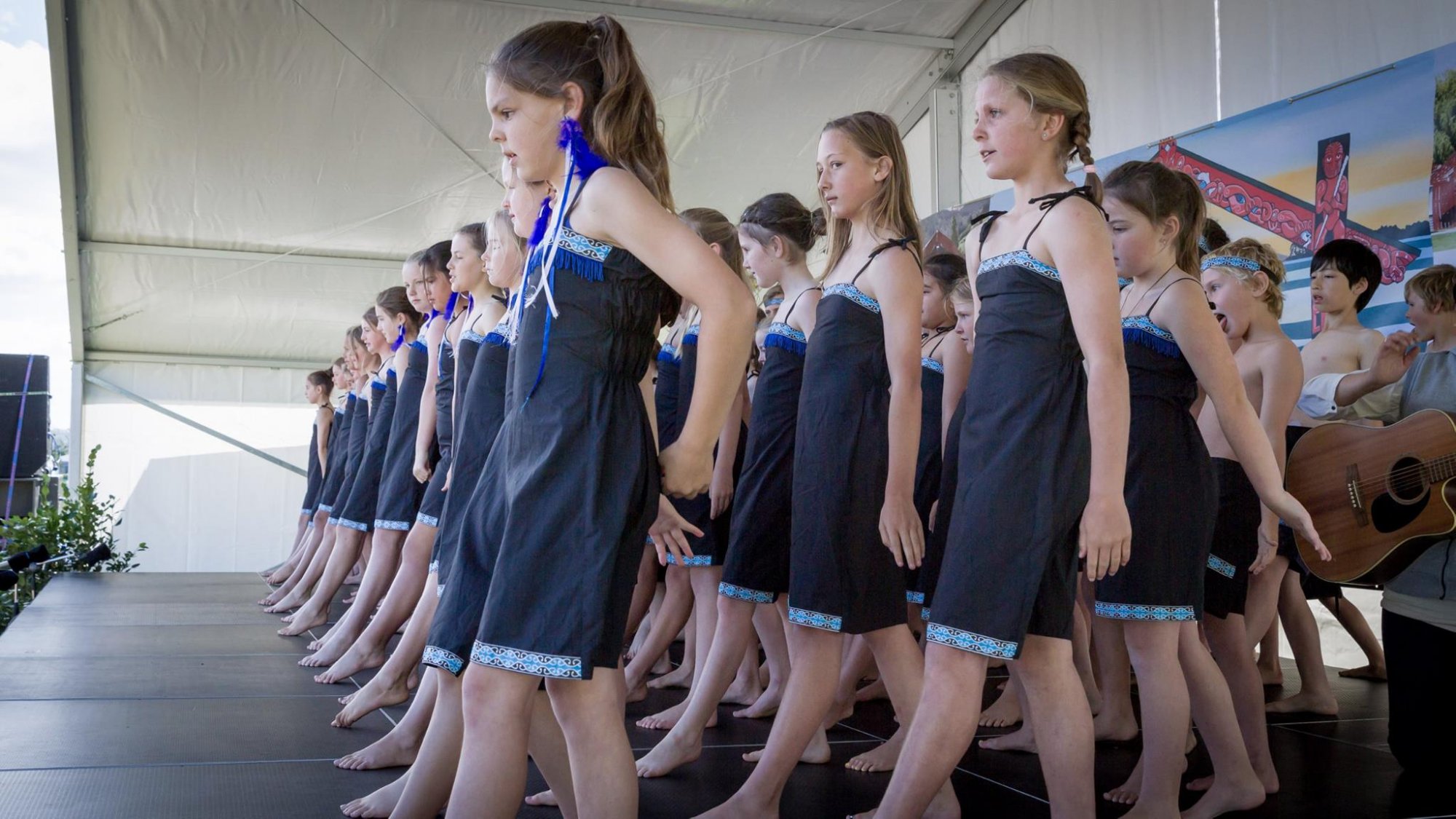




 Total:
Total: 